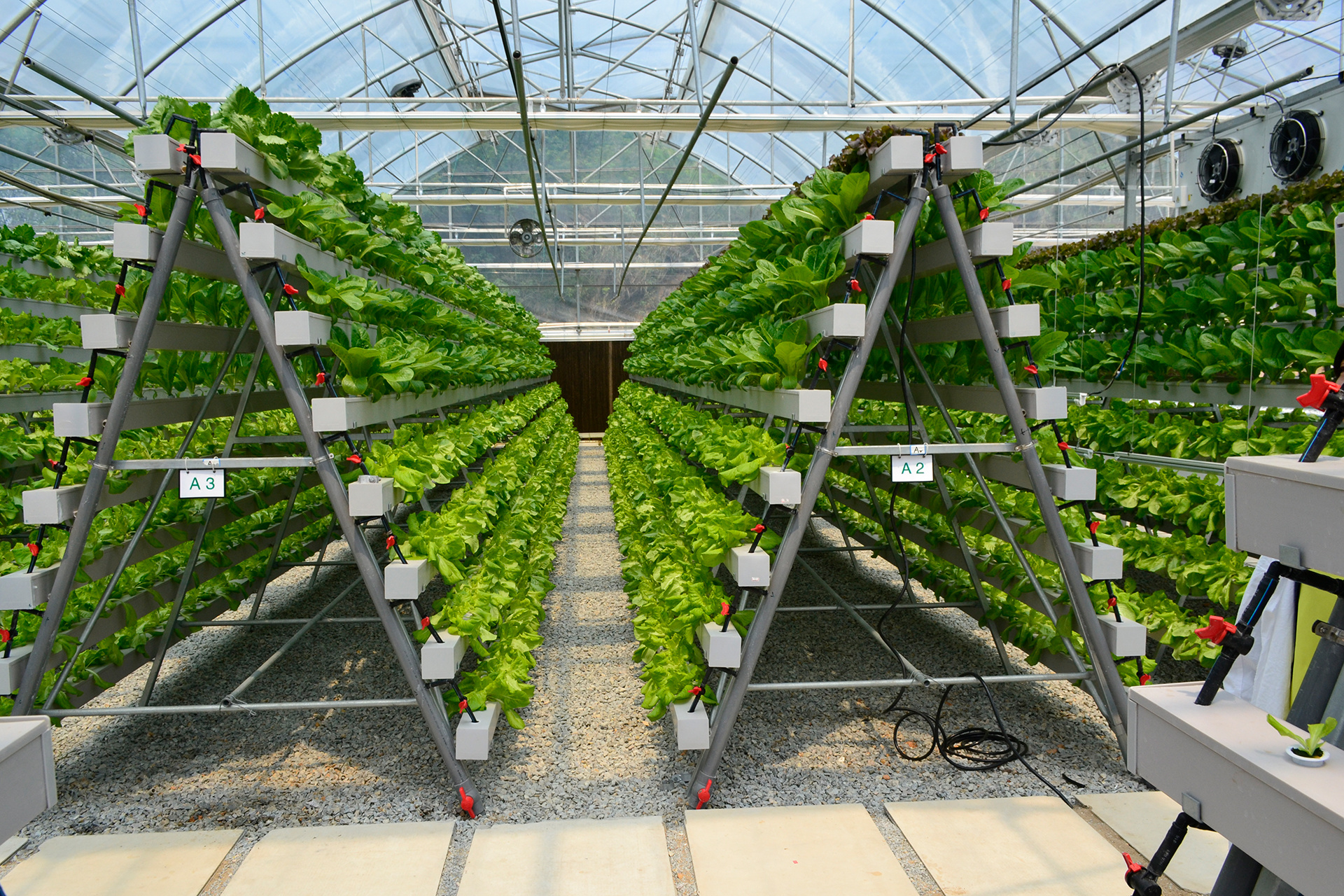Why Choose a Multi-Span Greenhouse for Your Agricultural Needs?
Release time:
Apr 19,2025
In the ever-evolving world of agriculture, the choice of greenhouse design can significantly impact productivity and efficiency. Among various options, multi-span greenhouses have emerged as a preferred solution for many farmers. This article delves into the myriad benefits of multi-span greenhouses and why they are an ideal choice for optimizing agricultural practices.
Understanding Multi-Span Greenhouses
Multi-span greenhouses are structures characterized by several connected spans, allowing for expansive growing areas under one roof. Unlike single-span greenhouses, which are isolated, multi-span designs maximize space utilization and provide several advantages in terms of climate control, structural integrity, and operational efficiency.
Key Features of Multi-Span Greenhouses
Multi-span greenhouses boast several distinct features that make them advantageous for agricultural needs:
1. **Increased Space Efficiency**: The interconnected design allows for larger growing areas without the need for multiple independent structures.
2. **Improved Climate Control**: The uniform structure helps in maintaining consistent temperature and humidity levels across the entire growing space.
3. **Cost-Effectiveness**: By utilizing shared resources, such as heating and ventilation systems, multi-span greenhouses often reduce operational costs.
Advantages of Multi-Span Greenhouses
Investing in a multi-span greenhouse presents numerous benefits for farmers, including:
Enhanced Crop Yield
With optimized environmental conditions, crops grown in multi-span greenhouses typically exhibit higher yields compared to those grown in traditional open fields or single-span structures. The ability to control temperature, humidity, and light levels ensures that plants receive the ideal growing conditions throughout their life cycle.
Efficient Resource Management
Multi-span greenhouses allow for better management of resources. With shared heating, ventilation, and irrigation systems, farmers can reduce energy consumption and input costs. This efficiency translates into lower operational expenses and increased profitability.
Greater Flexibility and Adaptability
The modular design of multi-span greenhouses makes them highly adaptable to a variety of crops and growing practices. Farmers can easily modify the internal layout or implement advanced growing systems, such as hydroponics or aeroponics, to meet their specific agricultural needs.
Year-Round Production
One of the most significant advantages is the ability to grow crops year-round, regardless of external weather conditions. This capability can lead to multiple harvests annually, significantly boosting productivity and revenue.
Design Considerations for Multi-Span Greenhouses
When selecting a multi-span greenhouse, several design considerations should be taken into account to maximize its effectiveness:
Material Selection
The choice of materials for the structure and covering is crucial. Common materials include polycarbonate, glass, and polyethylene, each offering different levels of insulation, light transmission, and durability. Farmers should assess their local climate and the specific needs of their crops before making a decision.
Structural Integrity
A robust frame is essential for withstanding environmental stresses, such as heavy snow loads or strong winds. Steel frames are popular due to their strength and longevity, while aluminum frames offer lightweight alternatives with excellent corrosion resistance.
Ventilation and Climate Control
Effective ventilation systems are vital for maintaining optimal growing conditions. Multi-span greenhouses often utilize natural ventilation through side vents and roof vents, as well as mechanical systems like exhaust fans. Farmers should consider a combination of both to ensure proper airflow and temperature regulation.
Operational Efficiency with Multi-Span Greenhouses
Operational efficiency is a cornerstone of successful agricultural practices. Multi-span greenhouses enhance efficiency through:
Automation and Technology Integration
Incorporating automation systems for irrigation, heating, and climate control can further boost efficiency. Smart greenhouse technologies allow farmers to monitor and adjust conditions remotely, ensuring optimal growth while minimizing labor costs.
Sustainability Practices
Farms utilizing multi-span greenhouses can implement sustainable practices such as rainwater harvesting, solar energy utilization, and organic pest management. These methods contribute to environmental conservation and appeal to a growing market of eco-conscious consumers.
Cost Analysis: Investment vs. Returns
While the initial investment in a multi-span greenhouse may be significant, the long-term returns often justify the cost.
Initial Investment Considerations
Farmers must consider factors such as land preparation, infrastructure development, and the choice of technology when planning their budget. Ensuring a comprehensive cost analysis can help in understanding the potential return on investment.
Long-Term Financial Benefits
The ability to grow crops year-round and the expected increase in yield can lead to substantial financial benefits. Additionally, the reduction in operational costs through shared resources contributes to a quicker return on investment.
Common Uses for Multi-Span Greenhouses
Multi-span greenhouses are versatile structures that can support a range of agricultural practices:
Vegetable Production
Growing vegetables in a controlled environment allows for consistent quality and supply. Crops such as tomatoes, cucumbers, and peppers thrive in multi-span greenhouses, providing farmers with lucrative returns.
Flower and Ornamental Plant Cultivation
Florists and horticulturists benefit from the extended growing season and the ability to cultivate a variety of floral species. Multi-span greenhouses can support the delicate conditions required for high-quality blooms.
Research and Development
Agricultural researchers often use multi-span greenhouses to conduct experiments on plant genetics, pest management, and crop improvement. The controlled environment facilitates accurate data collection and analysis.
Choosing a multi-span greenhouse for agricultural needs offers countless benefits that can enhance productivity, efficiency, and profitability. With their spacious design, superior climate control, and the potential for year-round crop production, multi-span greenhouses stand out as a modern solution for farmers looking to optimize their operations. Investing in this technology not only empowers agricultural practices but also supports sustainable farming efforts, making it a wise choice for the future of agriculture.
Related Information
AI+ Agriculture: Discuss its present, challenges and future
Jun 18,2024
Causes and solutions of strawberry albino fruit
Jun 18,2024
Smart Greenhouse Global Opportunity Analysis and Industry, 2020-2027
Jun 18,2024
Industry Information

